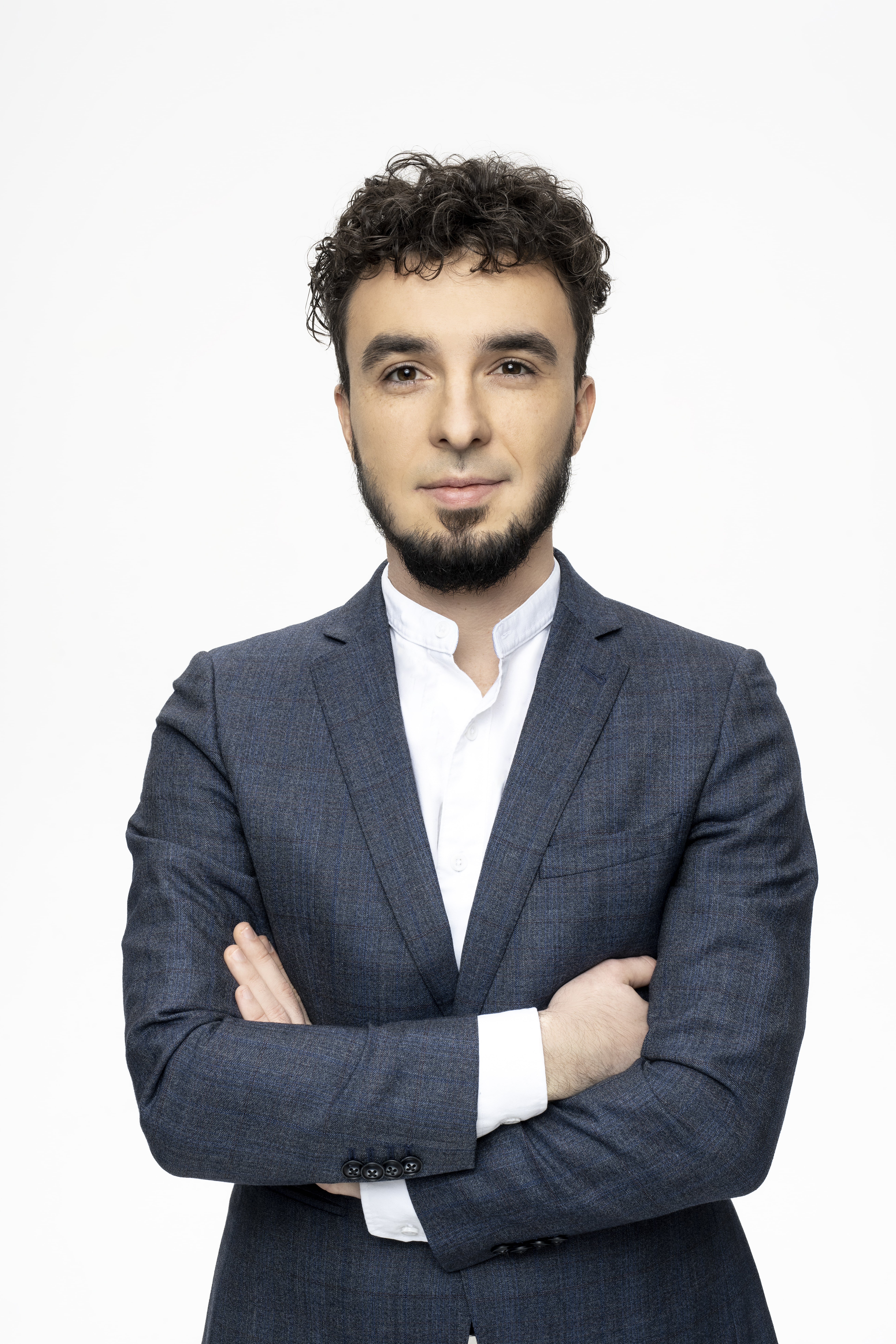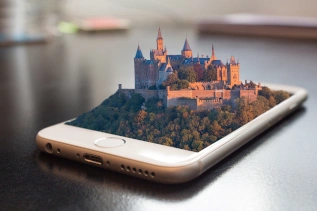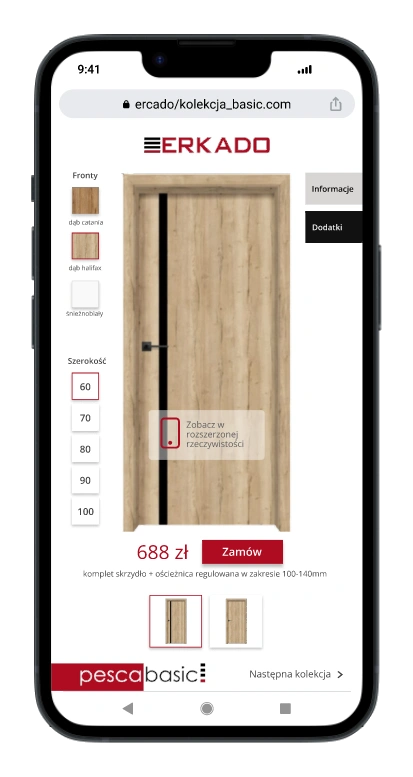3D product visualisations

The objects depicted in 3D („3 dimensions”) product visualisations have depth in addition to length and width. This makes it possible to achieve an effect as close as possible to the visual mechanism of human vision or the lens of a camera or camcorder. The process of converting an image into a three-dimensional image is commonly referred to as rendering, which means presenting the information stored in a file in a specific form. Find out more about 3D visualisation and see that it is the future that has arrived today.
How do 3D product visualisations differ from traditional product photography?
Creating a high-quality photograph of a product is a time-consuming, costly and logistically complicated undertaking. First and foremost, it requires the photographer to work with a specific object in a professional studio, which, for example, with a large-sized object, may require studio conditions to be created at the client's premises. Appropriate lighting and positioning of the object, the use of the right background and scenography require a lot of work. Every change to the product, for example the colour of a piece of furniture or a shoe model, will require another photo shoot. With this method of working, it will also be very difficult to achieve a repeatable effect. In addition, any photograph, even if carefully processed with the help of graphic programmes, will not be as effective as a 3D visualisation of the product.
Firstly, the preparation of a 3D visualisation does not require working with the real object (the savings resulting from not having to produce a physical product can be used to create a 3D product model, which will later be made available to architects, for example). Photos, technical drawings or plans are sufficient to create a 3D model. Secondly, it allows for instant changes - with a single click, for example, you can change the colour of an object, change the lighting, rotate it by any angle, place it on any background or apply additional special effects such as fog or unusual light refraction.
The 3D product visualisation provides an ideal image of the object, the most realistic one we can imagine. Not only does it allow us to see the object from all sides, but it reproduces even the smallest details extremely accurately, and allows us to show elements that are not visible in nature - cross-sections, interiors, construction details.
Also read:3D scanning.
Where is 3D product visualisation used?
It is by far the clearest, most attractive and eye-catching form of product presentation for a potential customer. It is commonly said that "we buy with our eyes". It is hard not to agree that everyone would like to look at an item as closely as possible before buying it - regardless of whether it is shoes, a wallet or a set of living room furniture. A presentation in the form of a 3D visualisation causes the product to be viewed much more closely and for much longer than a normal photograph.
3D product visualisations work effectively in virtually every industry. Interior design elements, clothing and footwear, cosmetics, tools, furniture, cars - in principle, there is no product that will not benefit from this type of presentation. The possibilities that 3D product visualisations generate are virtually endless. Certainly, a sofa in an elegant living room, in an interior composed by an architect, in combination with other furniture and decorations, will present itself better than in the form of a poor, simple photo on a white background.
3D product visualisations are also indispensable for the creation of so-called3D configurators , where the customer himself can make changes to the colour or version of the item being viewed. The highest resolution combined with a well-thought-out concept creates a strong and expressive message, which can certainly translate into customer purchasing behaviour. 3D product visualisation is used in online catalogues, online shops and presentations.
Making 3D models of physical products, brings another benefit with the use of modern technology and that is the input for augmented reality. There is a reason why major companies such as Ikea and BRW are introducing this technology into their e-commerce. Using the www.seemymodel.com platform, you can instantly change the 3D model of any product to one that you insert into your space or your customer's space with a single click on your smartphone without having to download additional applications.
Arguably, it won't be long before 3D product visualisations become the current standard in the world of e-commerce, and not having them on your company website will mean being left behind in the competition for customers. You can read more about this in our post on the benefits of introducing AR in e-commerce. We encourage you to read it!
Do you like the post? Share to others!

Krzysztof Basista
COO
For years, he has been involved in AR / VR projects ranging from entertainment to heavy industry. Always looking for problem solving through technology.
Contact us
Related posts

Augmented reality is a technology that allows the real world to be combined with computer-generated content.

As augmented reality developers say, „people are divided into those who use augmented reality and those who will use it...

Augmented reality is becoming more and more popular. In 2022, it is estimated that 1.1 billion people will use AR on their phones alone.

Automation is changing the face of the new economy, especially in industries such as manufacturing.

Augumented reality and virtual reality are similar, but there are important differences between the two technologies...

3D scanning is a process used to create a digital model of an object. The process involves the use of a 3D scanner.






